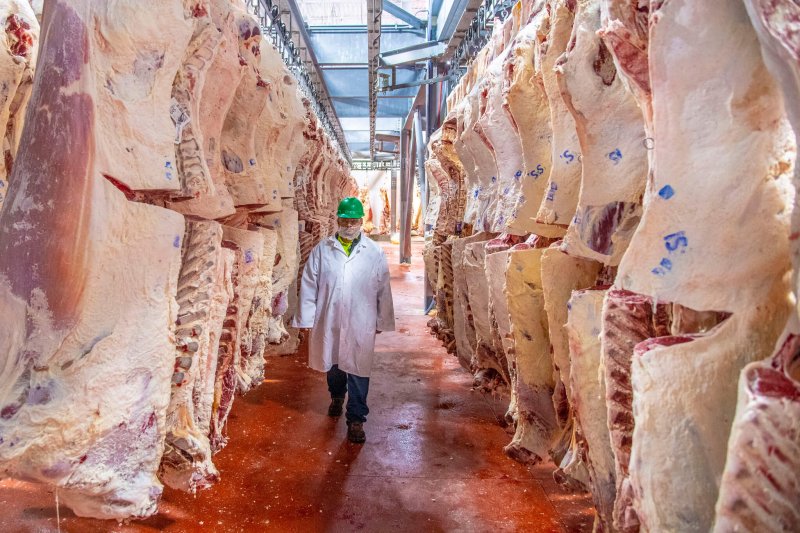The coronavirus mutates as it moves through its victims. Infectious particles swabbed from a patient’s nose carry small but distinctive differences in its genome that can be used, like a molecular bar code, to track where the virus came from and how it had been transmitted. By reading the virus’s RNA, [geneticist Paraic] Kenny could unveil how cases were connected to one another, exposing the secret spread of the disease.
The truth of what happened at [meatpacking plant] Agri Star — and across America — is written in that code.
Looking at the Postville cluster — more than two dozen yellow dots linked by three distinctive mutations — it was clear to him what happened. The sub-strain started with a single case. But in the crowded conditions of the meat processing plant, it exploded.
“A single viral introduction led to unrestrained spread within the facility,” Kenny wrote in a study on the website MedRxiv, where scientists post “preprint” research… His research, he said, showed “the collateral damage resulting from widespread dissemination of this disease from a meat-packing epicenter across a large midwestern region.”
Multiple lines of evidence put Agri Star at the epicenter of this outbreak, Kenny said. The fact that patients from across Postville’s diverse communities were infected with the same sub-strain — despite living, shopping and worshiping in different places — suggests they contracted the illness in the one setting they shared: the plant.































